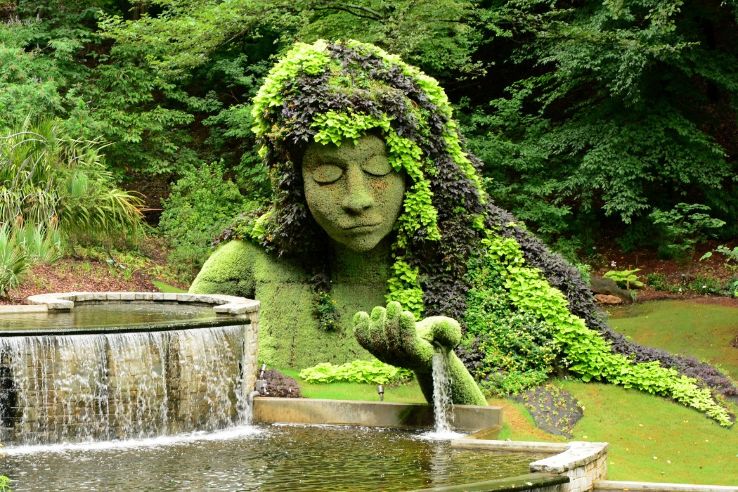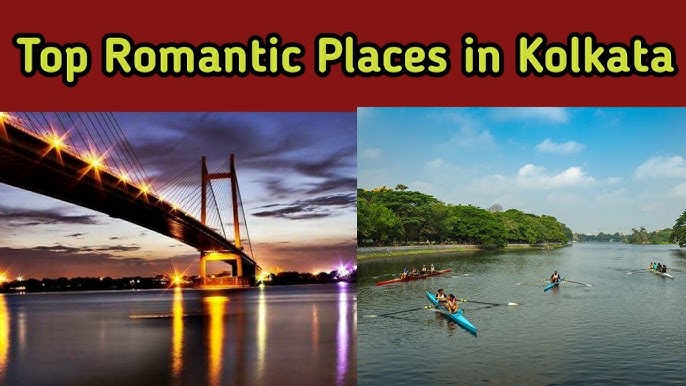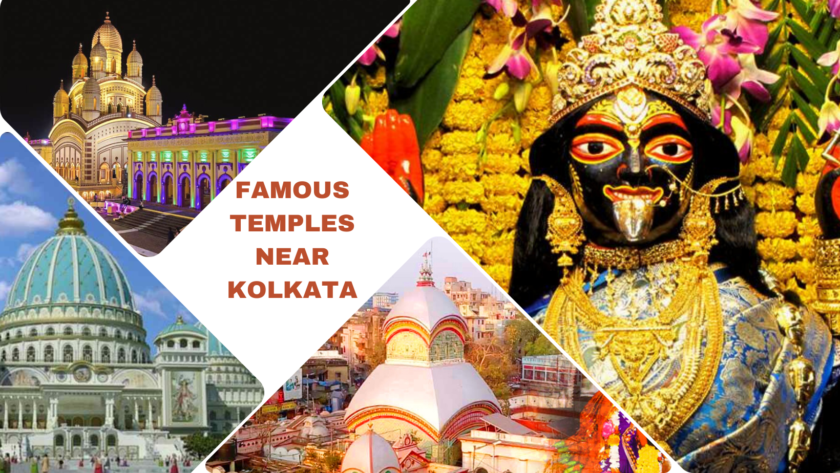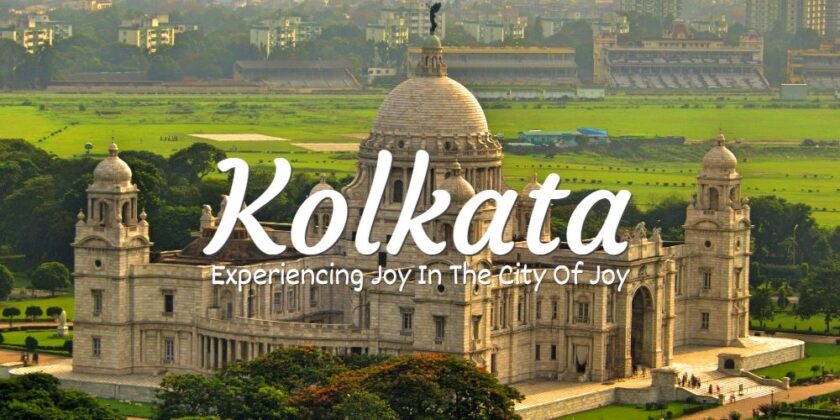Weather : N.A.
Timings : 8:00 AM to 5:00 PM
Time Required : 2-3 hrs
Entry Fee : Indian Nationals: INR 10,
Foreigners: INR 100,
Camera: INR 20
The annual membership fees for all cardholding daily walkers is INR 200
Also Refered As: Acharya Jagadish Chandra Bose Indian Botanic Garden
Botanical Gardens in Kolkata, Kolkata Overview
The Botanical Garden, also known as the Acharya Jagadish Chandra Bose Indian Botanic Garden, is a large garden with a total size of 273 acres that is situated in Shibpur, Howrah, close to Kolkata. The grounds were created in 1787 and at the time were referred to as the Company Garden.It is currently managed by the Botanical Survey of India (BSI) of the Indian Government’s Ministry of Environment and Forests. The colourful garden is now regarded as one of the most beautiful manicured gardens in the entire nation, thanks to its amazing manmade lakes and undulating land topography. For those who enjoy the outdoors, visiting this location and relaxing in the gardens’ natural surroundings is an absolute treat.
The Botanical Garden boasts that it is home to 12,000 perennial plants that are still alive as well as thousands of dried plants that have been gathered from all over the world. The garden is also home to tens of thousands of amazing orchids and a variety of colourful blooms. The Great Banyan Tree, a huge and broad banyan tree that dominates the area, is what draws most visitors.The second-largest canopy in the entire globe is said to be formed by this massive tree. The Botanical Gardens are the oldest botanical garden in the entire nation. Colonel Kyd built them in their original form in 1786. In fact, it was in these gardens that the tea that is today grown in Assam and Darjeeling was initially created.
Attractions at Botanical Garden
At the Botanical Gardens, along with a variety of different herbaceous plants, you may find a total of 12,000 trees and shrubs that are a part of 1,400 exotic species. 25 divisions, glass houses, greenhouses, and conservatories are used to cultivate the complete flora. Here you can also find rare tree species that have been particularly imported from areas like Nepal, Malaysia, Java, Brazil, Sumatra, and Sicily, among others.
The garden also has a variety of other aquatic, floricultural, and arboriculture plants, including mango trees, banyan trees, tamarind trees, Cuban Palms, mahogany trees, multi-hued bamboo trees, Sicilian Coconut Trees, the Mad Tree, orchids, Brazilian Branching Palm Trees, Citrus, Pandanus, Jasmine, Water Lilies, Ferns, Creepers, Ficus, and Hibiscus.
The Giant Water lilies, Double Coconut, Krishnabot, Giant Water lilies, and Shivalinga tree are a few of the most unusual flora that can be found here. There is a serpentine lake in the Botanical Gardens where visitors can go boating. The Botanical Garden’s library also features a sizable and excellent collection of books.
Great Banyan Tree at Botanical Garden
The 250-year-old enormous and gargantuan banyan tree, often known as the Great Banyan Tree, is arguably the most well-known landmark in the Botanical Gardens. Although the precise date of this tree’s planting and its full history are unknown, the tree is mentioned in tourist guides from the late 19th century. The majestic tree was harmed by two significant cyclones that occurred in 1864 and 1867. Some of the tree’s limbs snapped during this natural occurrence, leaving it vulnerable to fungus infections
The tree’s main stem degenerated and needed to be cut out in 1925, yet the tree is still alive and well today. The tree is known for having the widest spread in all of India, and its current crown measures 450 metres in circumference. The Guinness Book of World Records lists this amazing member of the plant kingdom, which has 2880 aerial roots that extend to the earth.
History of Botanical Garden
Colonel Alexander Kyd, a British East India Company army officer, built the Botanical Gardens in the year 1786. The garden’s main goals were to find new commercially valuable plants, like teak, and to cultivate plant species specifically for sale. The design was started by Sir George King, and after William Roxburgh took over as garden manager, he made a number of substantial improvements. He suggested that plants be brought in from all around the nation, and as a result, a sizable herbarium was created.
The Botanical Garden’s collection of dried plant specimens eventually expanded to 25,00,000 pieces and formed the Central National Herbarium of the BSI. The verdant garden was referred to as “Company Bagan” or the East India Company’s Garden. The garden was renamed the “Indian Botanic Garden” in 1950, following India’s independence. In honour of the famous scientist Jagadish Chandra Bose, it was later named the Acharya Jagadish Chandra Bose Indian Botanic Garden on June 25, 2009.
Best Time To Visit Botanical Gardens
The Botanical Garden is best visited in the winter months, from October to March.
Tips For Visiting Botanical Gardens
- The Botanical Garden is a no-plastic and no-smoking area; kindly observe the regulations.
- Food and drink cannot be brought into the gardens by visitors. However, there is food that can be purchased on the property.
- A guide is necessary if you want to learn about the unique characteristics of the plants because the garden is too large to be explored on foot. At the garden’s entrance gate, you can hire a six-seater automobile to transport you around the whole thing. The driver makes several stops and provides information about the various plants.
How To Reach Botanical Gardens in Kolkata
To get to the Gardens, one can simply take a cab or a private vehicle. On the west side of Kolkata City Center, on the Hooghly River’s Howrah shore, is where you’ll find the Botanical Garden. It is suggested that you take a cab or a private vehicle to get there. You can even board any city bus that says “B Garden” and get out at the garden’s entrance. The closest railway station to the garden is Shalimar, however other than Santragachi, it is not connected to any of Kolkata’s other suburban train stations.
The Botanical Gardens are not accessible via metro stops or other forms of public transportation.
If you have any questions regarding trains, Shalimar Railway Station is the closest. However, it only connects to Santraganchi Railway Station and is not well connected to Kolkata’s suburban rail network. However, it does have a few connections to locations outside the city.



